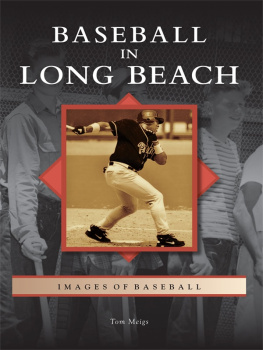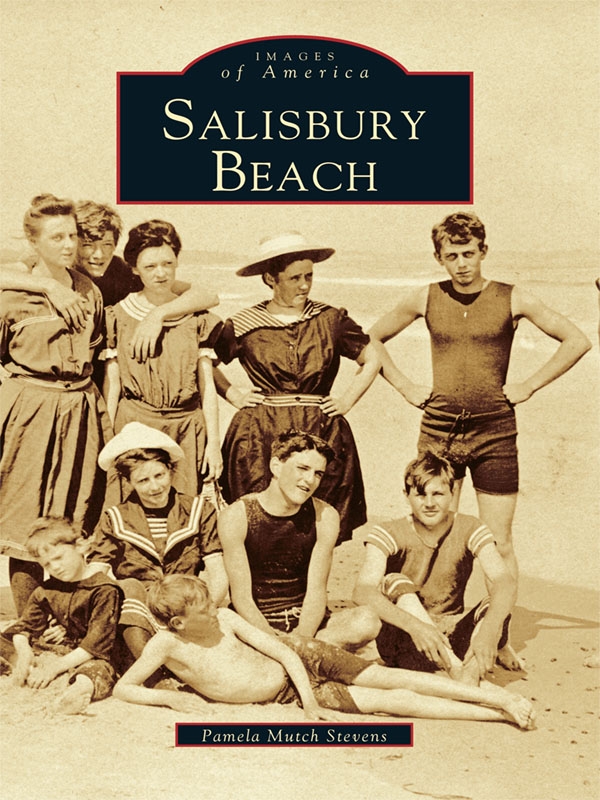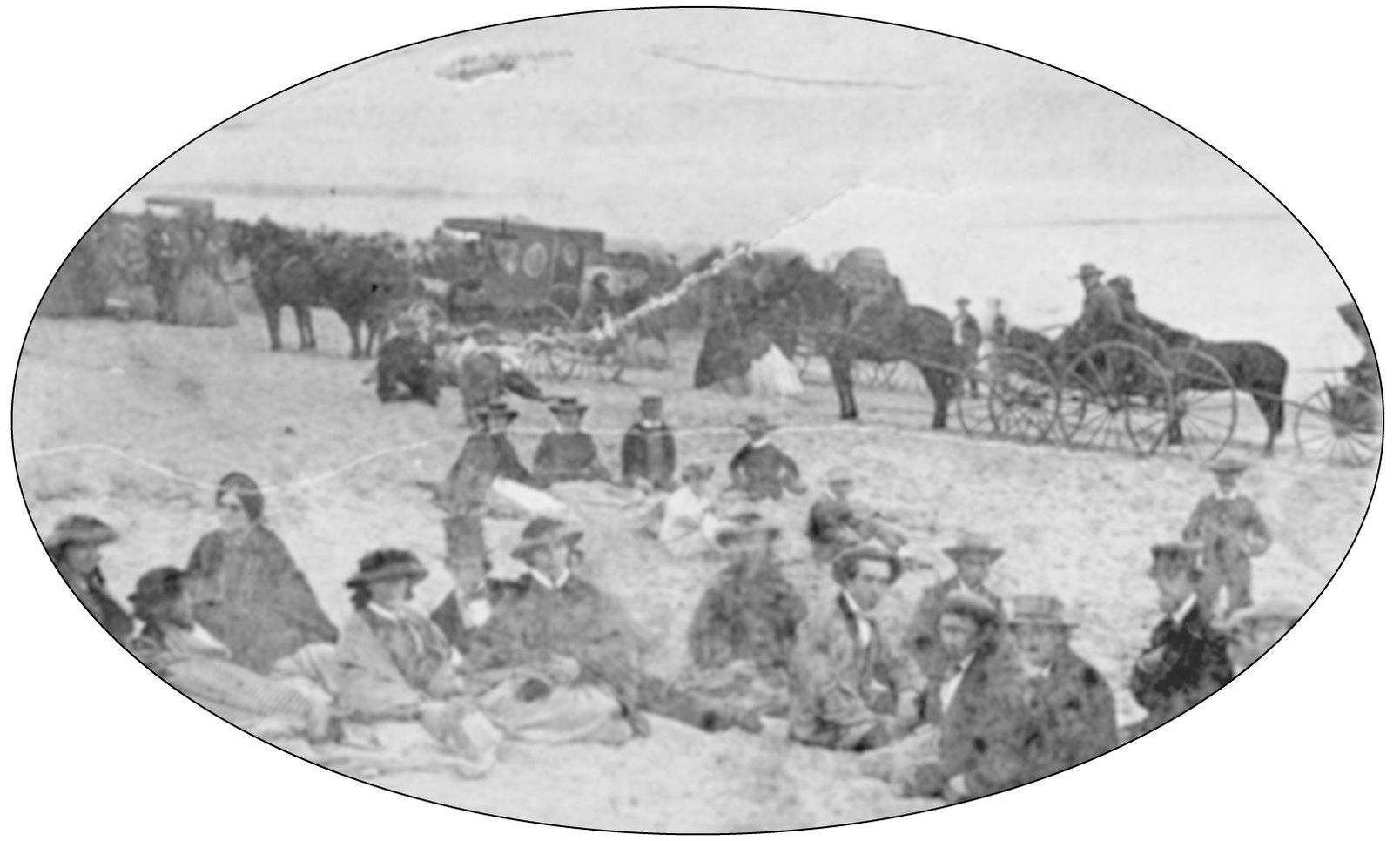DEDICATION AND ACKNOWLEDGMENTS
I wish to dedicate this book to my Uncle Phil Walsh, who tried to teach me to dance but instead taught me to fly, and to Bradford College, where I learned to soar.
Special thanks to my husband, the Honorable John C. Stevens III, for the great advice and all his patience, proofreading, and editing.
And to my editor, Amy Sutton, for allowing me the honor of presenting the history of Salisbury Beach.
I would like to thank my advisor, history professor, author, and friend Dr. Patricia Trainor OMalley for sharing her great family albums with me.
Many thanks to Larry Streeter, Salisbury chief of police, for giving me wonderful leads; to Arnold Marookian, for sharing his postcard collection and memories of Salisbury Beach; to Roger Shaheen, for letting me delve through and use his wonderful collection of beach pictures; to Ruth Harden, for the use of the great scrapbook, stories, and pictures; to Ethel Rogers for sharing her Aunt Bessies scrapbooks and spending hours telling me long-forgotten Salisbury Beach lore; to Joseph Callahan, first full-time fire chief in Salisbury, for lending pictures and information; to Scott Nason, for trusting me with his valuable stereoscopic pictures even though I misplaced them once; to Hazel Cote, for wonderful stories and pictures of the old beach; to Karen French, for sharing her lovely grandmother; to Gary Little, a great boss and the ultimate Salisbury lifeguard, for lending his lifeguard picture and facts; to Edna Mulcahy for pictures of the original Salisbury lifeguards; to Ruth Gagnon for her leads, encouragement, and her living history group; to Mary Sherman for the great Frolics picture; to Jamie Thomas (we made it!) for sharing her family pictures and her friendship; to Flora Grassi Thomas for coffee and my first beach pictures; and to Suzanne Cote, reference librarian at Amesbury, for always being available to help me. Thanks also to Kathy OMalley and the Haverhill Historical Society for my internship.
A very special thanks to my niece, Courtney Stevens, for taking the pictures of the Broadway Flying Horses in their new home in San Diego.
Last of all, thanks to the staff of the Salisbury library for their help and cooperation: Gail Lyon, library director; Marsha Fowler, local history and genealogy; Terry Kyrios; and Joan Bomba.
Find more books like this at
www.imagesofamerica.com
Search for your hometown history, your old
stomping grounds, and even your favorite sports team.
One
SEEMS LIKE OLD TIMES
Many cottages were built on the south end of the beach in the late 19th century. All the cottages were later razed or moved to the north end when the south end became a state-owned refuge in the 1930s. Although some cottages were occupied by their owners, most of the early ones were built to be leased. Most had two rooms, one upstairs and one down. The upstairs was often divided by a sheet to separate the men and women. (Courtesy Scott Nason.)
People arrived at Salisbury Beach for the Great Gathering on September 17, 1861, by 48 modes of transportation. The steamship Clipper delivered guests from Newburyport, Massachusetts. Invitations had been sent by the Committee on Arrangements to every native son and daughter. Salisbury natives from Illinois and New York City were in attendance. (Courtesy Scott Nason.)
Many people arrived the night before the Great Gathering, or Salisbury Festival Day, and camped out on the beach. Five thousand people had gathered on the beach by 6 p.m. There was spirited music by a well-trained choir and speeches by local orators, including Caleb Cushing, a native son of Salisbury, a diplomat, and attorney general under Franklin Pierce. Clam chowder was served from the Relay House, even though the crowd had brought enough food to feed the inhabitants of Boston. (Courtesy Scott Nason.)
This stagecoach is leaving Bradford College in 1903 to deliver the girls to the dock to catch the ship that will take them to Salisbury Beach for their annual outing.
Gertrude Sawyer Morse and a friend, from the Bradford College class of 1903, pose for the camera in full dress near the landing at Black Rocks. They are both wearing fashionable hats, probably Gibson Girl blouses (a lot of tucks and lace), completed with a walking skirt covered by a full-length coat.
The porch of the Roller Skating Rink accommodates many people possibly waiting for the next boat to arrive at the Black Rocks dock. A sign attached to the rink simply states, Open Morning, Afternoon and Evening. (Courtesy Scott Nason.)
A group poses at the Pavilion at Black Rocks, c. 1880. The atmosphere of true refinement is depicted in this Victorian-era portrait of the beach. The lookout tower must have furnished a wonderful vista of the Atlantic Ocean. (Courtesy Joseph Callahan.)
The steamer landing at Black Rocks allowed passengers to catch a transfer ferry. The familiar simmer of the awaited steam engine could be heard by the crowd on the dock. (Courtesy Arnold Marookian.)
The City of Haverhill is docked at Black Rocks landing in 1880s. This 175-ton steamer, a sternwheeler, was a double-decker capable of carrying a large load of passengers. The Black Rocks were a real marine hazard. The famous Capt. John Smith was said to have spent a stormy night anchored off Black Rocks. Several shipwrecks occurred at this location.
This photograph shows all the buildings and the pier at Black Rocks in 1888. The Pavilion appears at the far right, with the hotel in the center of the picture.































